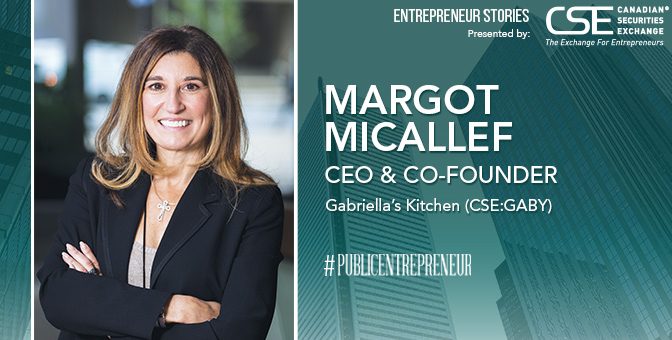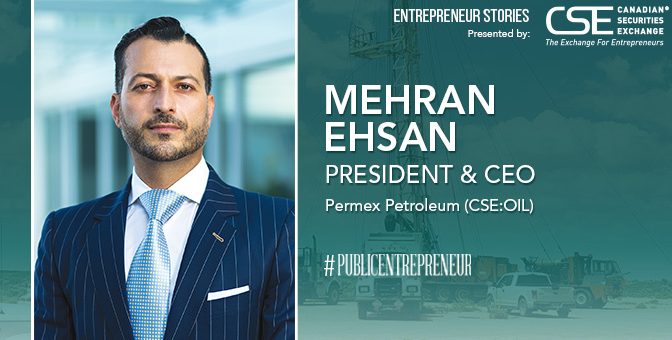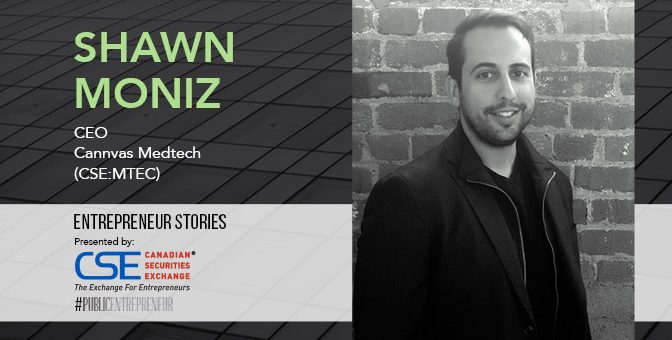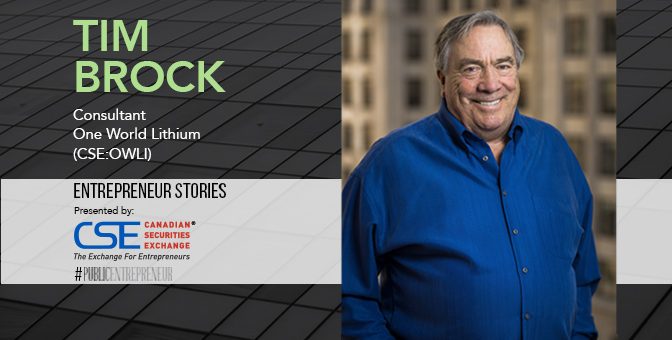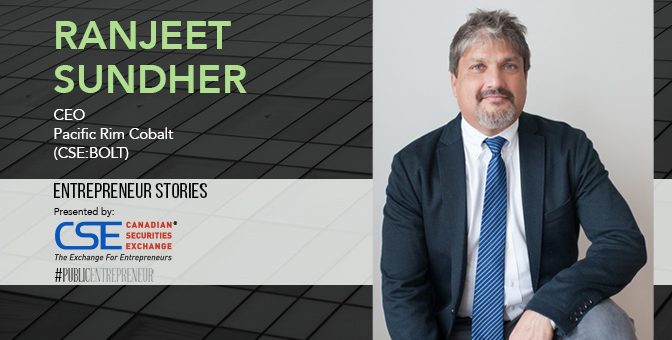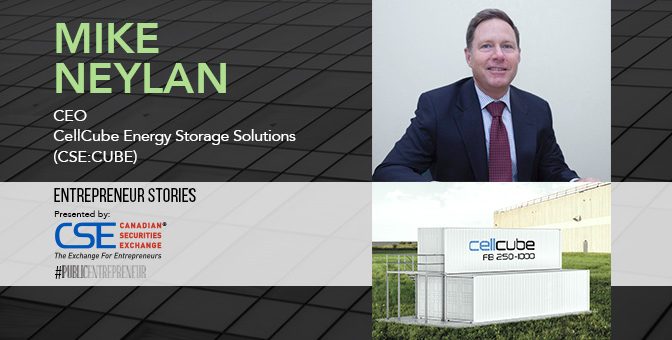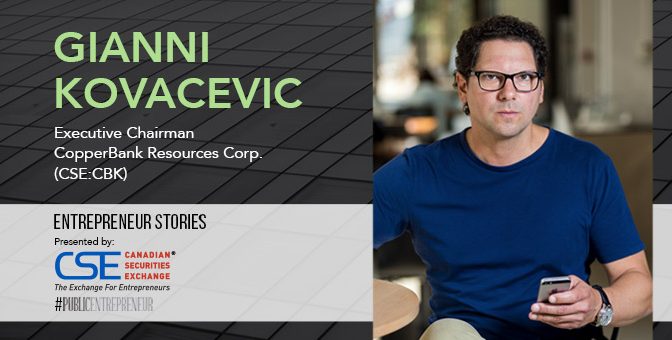When you first meet Margot Micallef, chief executive officer and co-founder of Gabriella’s Kitchen (CSE:GABY), her authenticity shines through: her firm handshake, her warm smile and her clear words.
It shines through particularly strongly when she talks about her sister: Gabriella, the namesake of Gabriella’s Kitchen. Although Gabriella passed away after a battle with cancer, she remains the company’s inspiration.
The pure-play cannabis wellness company has come a long way since creating its original award-winning skinnypasta, a high-protein, low-calorie and low-carbohydrate fresh pasta. Other product lines have been added to the shelf: noodi, gabbypasta and most recently alto, which includes the company’s cannabis-infused products. Today, the vertically integrated, branded, consumer products company focuses on utilizing cannabis for the lifestyle consumer.
Not to mention the benefit of having Micallef at the helm. Her resume is impressive, to say the least: a lawyer and philanthropist, founder of Oliver Capital Partners and a former Senior VP at Shaw Communications.
Public Entrepreneur spoke to Micallef about Gabriella’s Kitchen’s origins, its new line of cannabis products and global expansion plans, and how the company is seeking to change the conversation around cannabis health and wellness products.
Q. Can you give us some background about how Gabriella’s Kitchen started?
My sister, Gabriella, and I decided to move to a healthier lifestyle and identified a derth of products in the market, primarily around food, that supported a healthy lifestyle. We saw the business opportunity. As we were launching our business, my sister was diagnosed with stage IV lung cancer.
The diagnosis really brought home the need to change our lifestyle and focus on our health and well-being that was within our control. Her doctors couldn’t do anything for her and they told her that. The pasta line was inspired by the dietary restrictions Gabriella faced throughout her cancer journey.
The beauty of what we did was that we were able to prolong her life for five years. She had great quality of life and really learned to value the foundation of health and wellness through diet and lifestyle.
Q. I don’t think many people realize the effort it takes to get a product on the shelf. Can you walk us through it?
It’s tough. In order to get your product on the shelf you have to dislodge somebody else’s product. That’s something most people don’t understand. We knew going in we were going to make amazing products, that there was a demand for these products and we were going to get them to market. But it’s a lot more work and a lot more money and takes a lot longer than anybody thinks it’s going to.
We started it in a little retail location in Toronto — we moved to Toronto from Calgary because that was the biggest market in Canada. We’d make the product in the back and sell it out the front. At 3:00 pm each day, Gabriella would close up and go pound the pavement — and slowly and surely, we got more retailers. We got up to around 200 when she passed away in 2011. I ended up taking over the business in 2015. I’ve invested about $5 million and raised another $19 million to date.
Q. What have you used the funds for and walk us through how you leverage the infrastructure you have in place?
We’ve used that money primarily for product development and to build out our team and infrastructure.
That’s our differentiator. With our strong infrastructure, we can move into any channel we want to, including the licensed cannabis channel. We came upon the cannabis space about a year ago when we examined the healthful properties of cannabis.
In many ways, our approach was opposite that of many other companies, which have an idea, raise the money and then build the infrastructure. We already have the infrastructure and the team with the knowhow to get the product on our shelf. Our existing business line has more than 30 unique products that cater to health-conscious consumers, whether they shop in the mainstream shopping channels or in the licensed cannabis retail channels.
Leveraging our existing infrastructure means we can move product into a channel much more rapidly than anyone else can.
Q: Talk about the cannabis space and what kind of consumers you’re looking for.
Our goal is to serve consumers wherever, however, and whenever they want to consume cannabis wellness products – and that means in the mainstream channel or in the licensed cannabis retail channel.
We’re looking at a diverse range of products as vehicles to assist them in their chosen modality for consumption. We already know that the mainstream market is going to start carrying CBD-infused products in a big way. I believe that once federal legislation in the US changes, there will start to be a move afoot to get all cannabis infused products into mainstream channels. We will be ready for that opportunity.
Consumers are changing their perspective on health and are looking for new ways to supplement or replace traditional medicine.
Q. Can you talk about how your team continues to be built out?
We’ve got a whole research and development department. One to note is Mara Gordon, who is a pioneer in the cannabis space and our chief research officer. She has amassed a database of formulations and health attributes associated with the cannabis plant that she has garnered from her own experience in working with physicians, clinicians, researchers and patients over the last 10 years.
We also continue to build out our expertise in the cannabis channel, having just hired a VP sales-licensed channel and acquired Sonoma Pacific, a licensed cannabis distribution company in California.
We also have a business development team that is scouring North America for brands that we want to bring under our umbrella. We want to grow through acquisition as well as through innovation.
Q. What does your next year or two look like?
We want to be the category leader in the cannabis wellness space. Not “one of” the leaders, rather, “the” leader. We know that the category leader takes 70% of the economics off the table. We want to be the one that everybody else wants to chase.
We want to do that for two reasons. One is that we believe that when the federal landscape changes in the US and the big players move into the market, we think that they will look for acquisitions that will move the dial for them.
We believe that if we can build a significant platform in North America that we can then partner with a global player and benefit consumers in a much broader way and, of course, benefit our investors.
This story was originally published at www.proactiveinvestors.com on December 4, 2018 and featured in the Public Entrepreneur magazine.
Learn more about Gabriella’s Kitchen at https://gabriellas-kitchen.com/ and on the CSE website at https://thecse.com/en/listings/diversified-industries/gabriellas-kitchen-inc.

